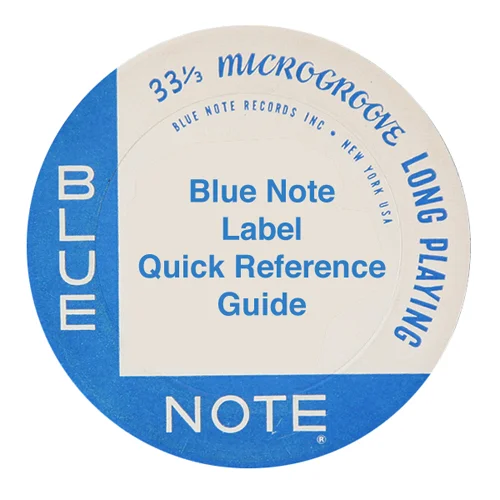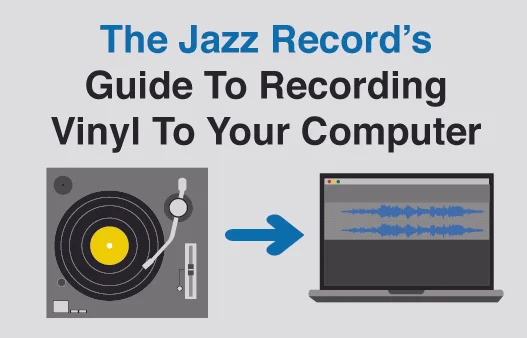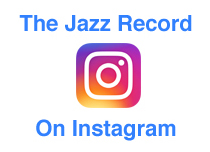Brazilian Excursion: Wayne Shorter - "Native Dancer"
/Wayne Shorter • Native Dancer • 1975 • Columbia Records
Recorded September 12, 1974 at The Village Recorder, Los Angeles
The Selections:
The Tracks:
A1. Ponta De Areia
A2. Beauty And The Beast
A3. Tarde
A4. Miracle Of The Fishes
B1. Diana
B2. From The Lonely Afternoons
B3. Ana Maria
B4. Lilia
B5. Joanna's Theme
The Players:
Wayne Shorter - Soprano Saxophone, Tenor Saxophone
Milton Nascimento - Vocals, Guitar
Herbie Hancock - Piano (A1, A2, A3, B3, B5)
Wagner Tiso - Electric Piano, Organ, Bass
Jay Graydon - Guitar
David Amaro - Guitar
Dave McDaniel - Bass
Roberto Silva - Drums & Percussion
Airto Moreira - Percussion
The Record:
Shorter in 1970 (Photo by Michael Ochs)
In many ways, Native Dancer is a one-off in Wayne Shorter's long and distinguished discography. On five of the nine tracks the jazz legend teams up with Milton Nascimento to create an alluring blend of jazz with the musical sounds of Nascimento's native Brazil (the vocalist and guitarist even gets a co-credit of sorts on the front cover). The other tracks lean towards straight-up jazz, with Shorter displaying his talents on both the soprano and tenor saxophones in a more traditional quartet or quintet setting. None of the music here reaches the heights of Shorter's Blue Note output from the 1960s (or his work as an essential sideman during the same period), but to judge it that way misses the point. Native Dancer finds Shorter exploring new musical territory and at that he succeeds to a high degree.
I picked up Native Dancer unheard, strictly off it's reputation (5-star reviews on Amazon, "Album Pick" on AllMusic), and there is no doubt that it comes off as a bit of a shock at first, with it's polished sound and the gentleness of Shorter's soprano playing off of Nascimento's vocals. This isn't what I expected from an early '70s Wayne Shorter record. Yet, the album grows on you, and while I favor the more upbeat vocal tracks over the ballads, even those softer moments have their charms. I know next to nothing about Nascimento, but a search of the "information super highway" shows that he was a giant star in his home country of Brazil when Shorter teamed up with him for this LP. His vocal work is unique (to me anyway) and the blending of his voice with the jazz players behind him is obviously one of the album's great achievements, and a big part of it's enduring popularity over the years. I'm guessing that Nascimento had few musical peers during this time, or we would have seen more knockoffs of this LP being released. Or perhaps they were out there and not as successfully executed, so they have been lost to the annals of time.
Milton Nascimento
Shorter's talent on both the soprano and tenor saxophone is obviously beyond reproach, and Herbie Hancock is his usual rock solid self, showing off his range as he changed gears from the great exploratory jazz-funk recordings he was making during this time. The rhythm section, led ostensibly by Airto, is nearly flawless in their execution of the complex rhythms that drive the songs where Nascimento is present. The tunes where the singer sits out have a more modern jazz feel, especially "Beauty And The Beast" and Hancock's beautiful "Joanna's Theme", both of which remind us why these two cats are modern jazz legends.
The highlights of the album from the Nascimento standpoint are definitely the opening track, "Ponta De Areia" and "From The Lonely Afternoons", in which the singer offers up his vocals as nearly another instrument in the mix. The tunes have complex and swirling melodies beneath Nascimento's voice, and both feature breaks for Shorter to come in and add his tender soprano solos. For the many fans of this record, I'm guessing the vocal tracks are the true draw, they simultaneously conform to and transcend our notions of what jazz music should be, but I suppose that's what we should expect from any successful Wayne Shorter album, no matter the source material or date it was produced. He is one of jazz music's true treasures, and (with the recent passing of Bobby Hutcherson and Rudy Van Gelder still on our minds) one of few of modern jazz's founding fathers that is still with us.
Wayne & Milton in 2103
The Vinyl:
The Details: Nothing special about the vinyl to speak of here. The ubiquitous red and yellow Columbia label that was in use for at least twenty years starting in 1970. Is it an original pressing? Who knows, and does it really matter? It's vintage for sure, but to what degree is of little matter to the enjoyment of the record.
The Price: I paid $8 at a local shop which is a little more than one would pay online, but I'll always pay a little premium to pick it up locally.
The Sound: You'll get your analog fix with a vintage copy of Native Dancer, but your definitely getting some '70s polished production at work here, so we are light years away from that deep full sound of vintage jazz vinyl from year's past.
Final Thoughts:
If there's one sure thing when it comes to acquiring vintage jazz vinyl, it's that you can never have too much Wayne Shorter in your collection. His contributions to modern jazz and fusion are beyond measure, and after a short period of creative downtime in the 1980s, he got right back on the horse and began making fantastic records again, which he continues to do today (his most recent, Without A Net, is simply fantastic). Many fans of the golden age of jazz won't rank Native Dancer among Shorter's best works, but it does stand up to repeated listening, and is definitely worthy of a place on your shelf next to his more celebrated works of modern jazz music.












